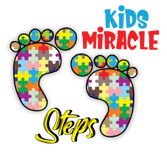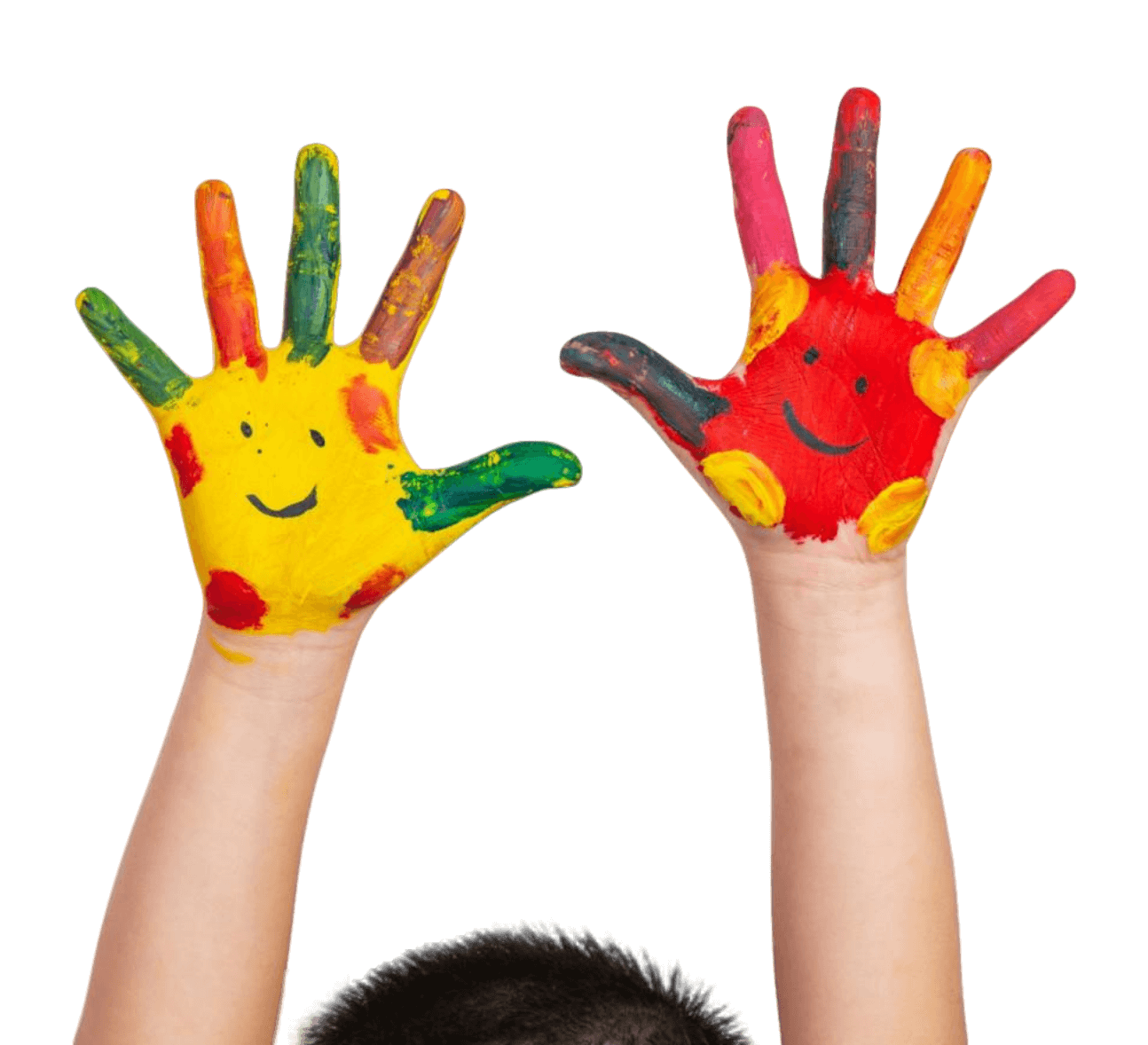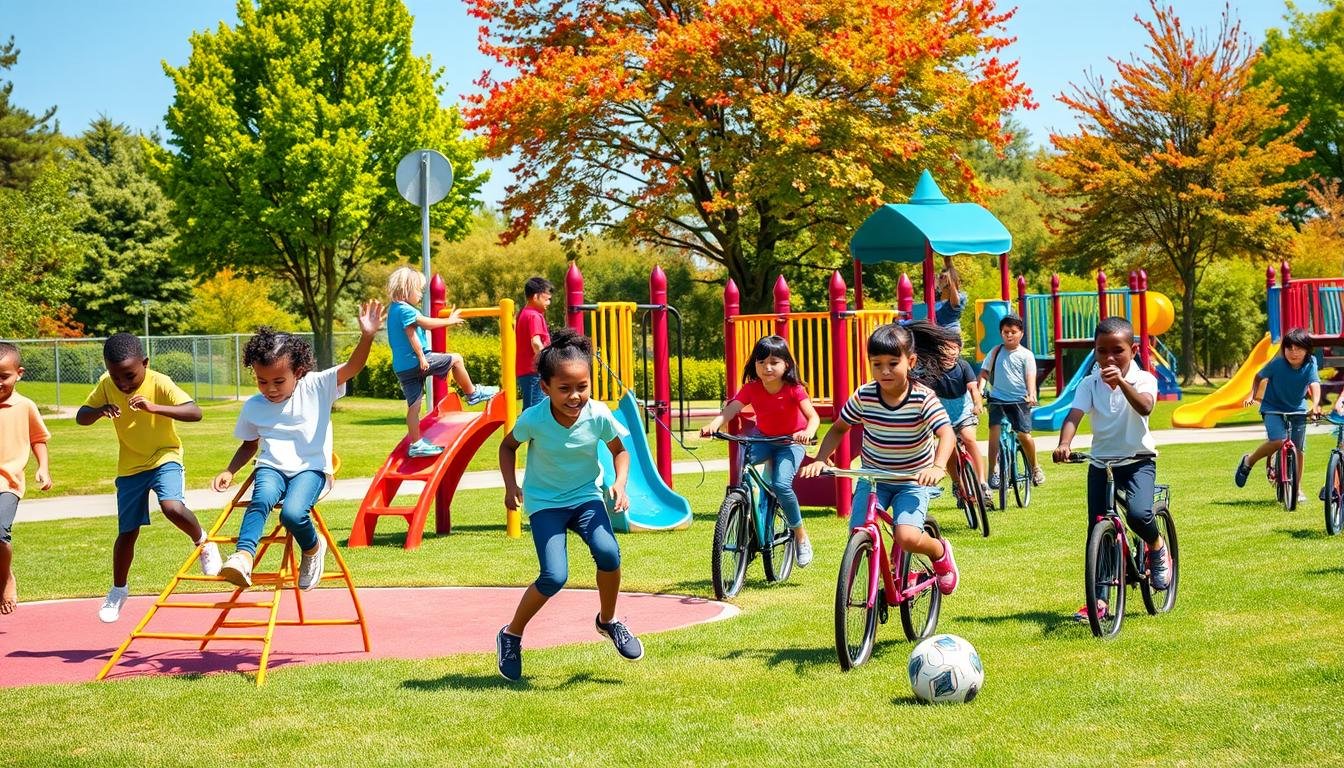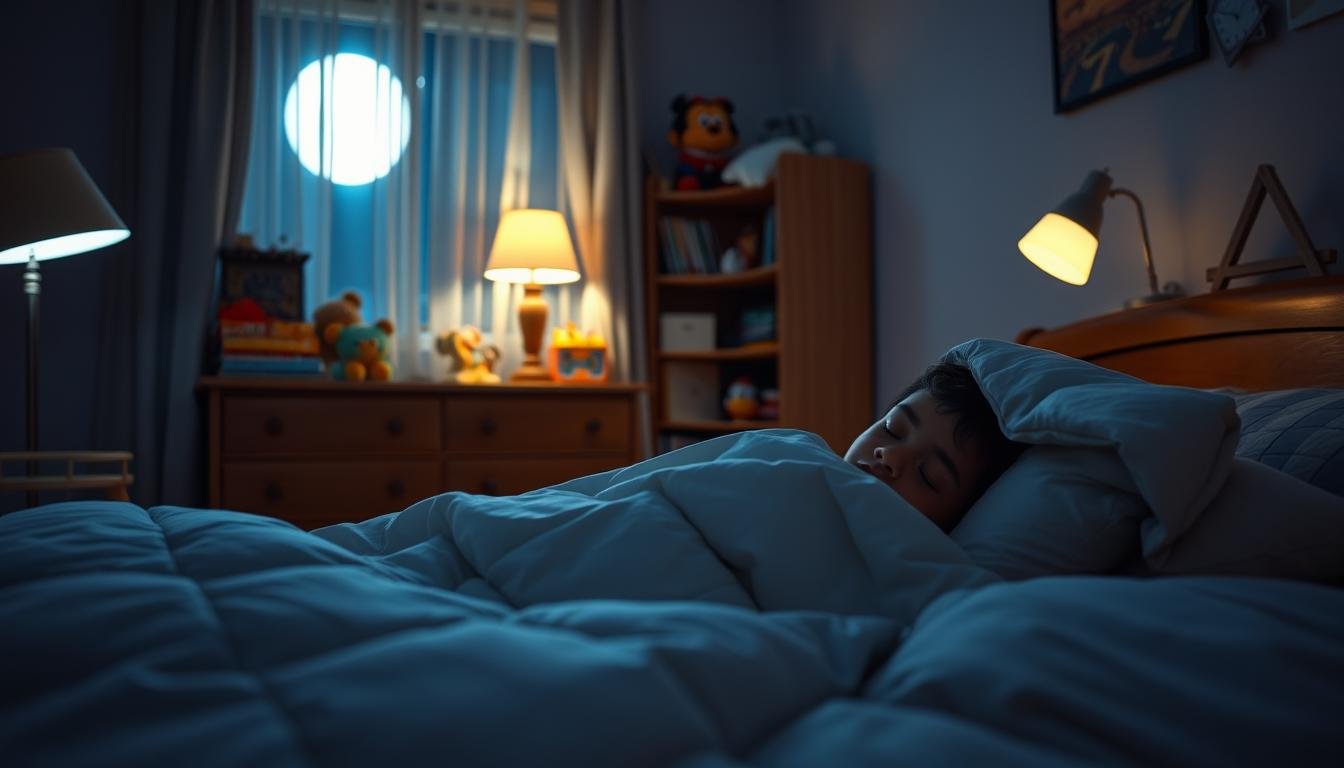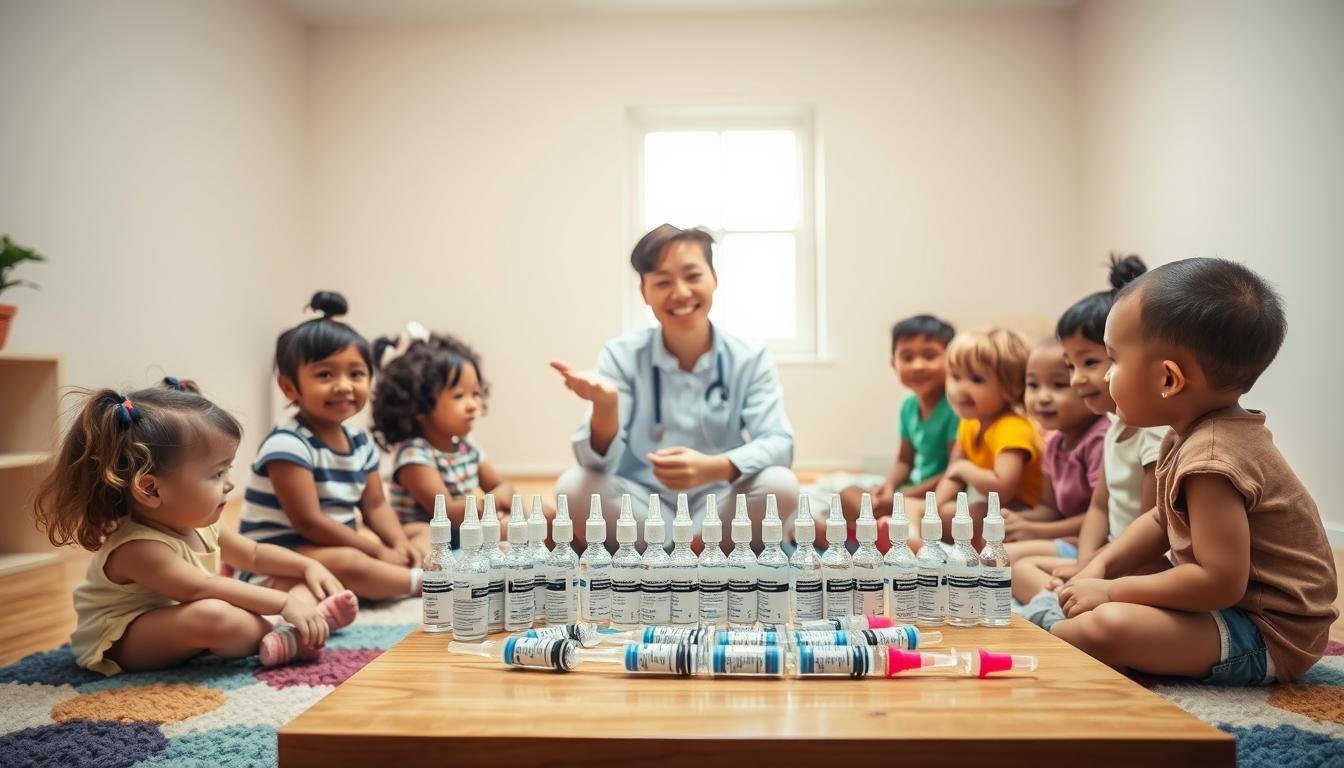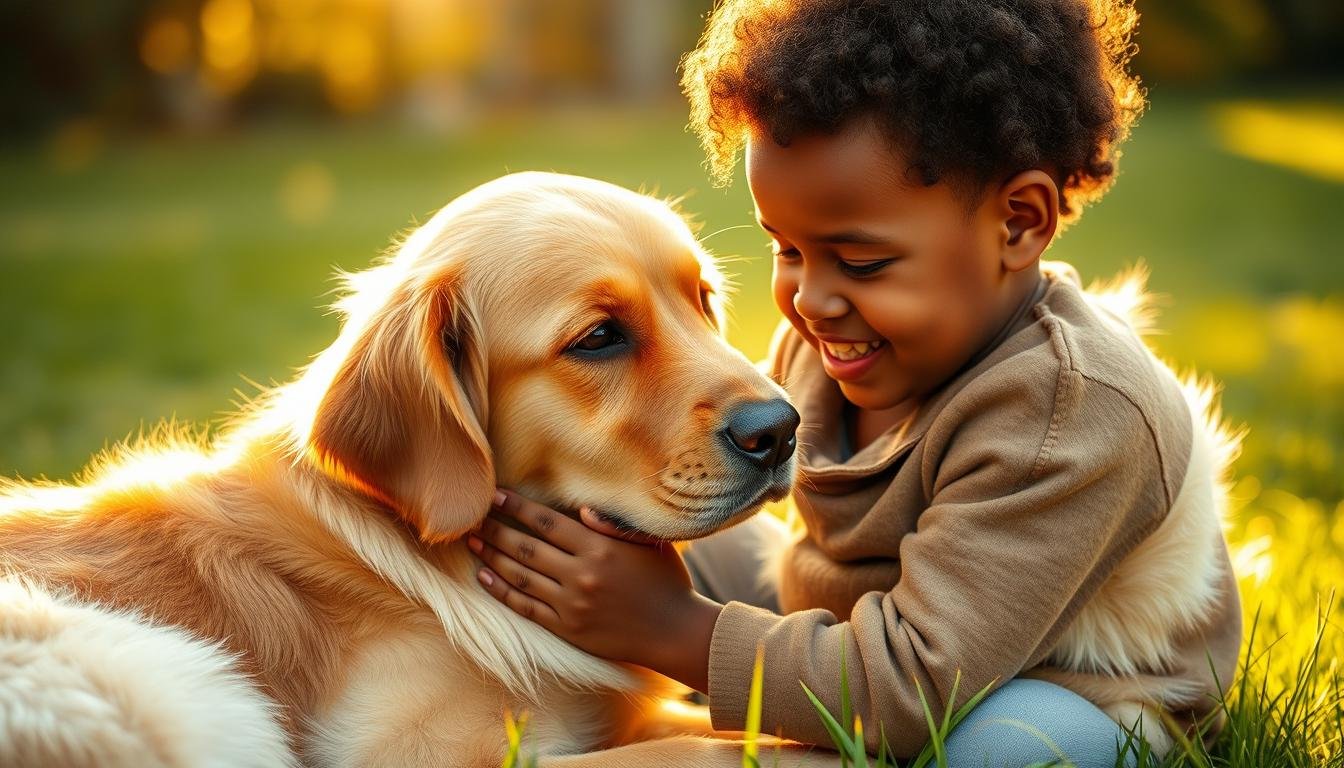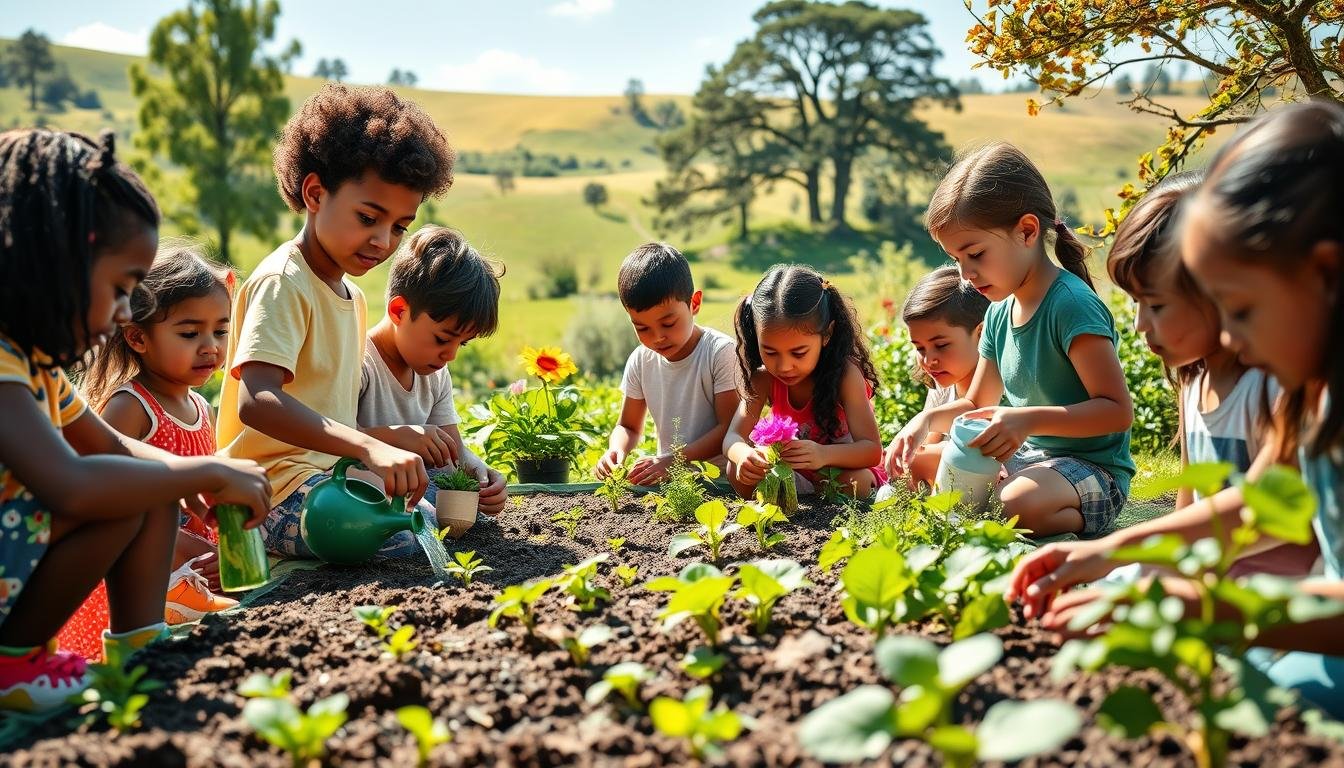Have you thought about the impact of daily play on your child’s physical skills? Simple things like family walks or imaginative play are key. They help integrate engaging activities into preschoolers’ routines. But, what activities best enhance motor skills in children?
It might be surprising, but young preschoolers often run, jump, and wiggle more than they sit still. By using this natural energy for purposeful play, we can keep them moving. This also helps improve their large and small muscle groups. Studies show that kids aged 2-5 should move around for at least 3 hours a day.
Introducing pretend and interactive games is great for their physical growth. Being active around water helps with splashing, running, and touching, boosting coordination and growth. Family dances, obstacle courses, and sandbox play also develop balance and strength.
Activities like tag or homemade obstacle courses should be part of kids’ lives. These not only fuel their creativity but are also vital for their physical health.
Importance of Physical Development in Kids
Physical development in kids is very important. It supports their growth in many ways, covering motor skills and even cognitive and social skills. The Early Years Statutory Framework (EYFS) says it’s a key area for young children.
How kids grow physically is linked to important milestones. The Centers for Disease Control and Prevention track these from birth to age 5. It’s crucial for kids to do things like crawl, walk, and play games that require hand-eye coordination. Activities that build muscle strength and coordination are beneficial. Outdoor sports and bike riding help with big movements. Meanwhile, drawing and using scissors improve small movements.
It’s important for parents to be active too. Kids are more likely to be active if their parents are. Active parents can inspire their children to adopt healthy habits. Being active early on helps children think better and use language more. Kids need chances to practice balancing and moving. Activities like spinning and jumping help. They make kids better at focusing and controlling themselves. These help kids meet their milestones and grow well.
Encouraging physical development helps kids in many ways. It makes them healthier and better at interacting with others. By focusing on motor skills and milestones, we help our future generation.
Outdoor Play: Vital for Gross Motor Skill Development
Today’s kids often spend up to seven hours a day on screens. It’s really important to get them outside more. By doing outdoor activities like running and playing on the playground, kids get a lot better at moving their bodies. They also make friends more easily and are less likely to become overweight.
The great outdoors has a lot of different things to explore, like grass, sand, and rocks. These help kids learn to balance and move in new ways. Playing outside is not just good for moving better but also helps kids work together and communicate better.
Studies show kids who play outside a lot are usually healthier. They tend to weigh a good amount for their height. Playing outside makes kids more active and friendly. It also helps them handle their emotions better, so they’re less likely to bully others.
Parents and teachers can make outside spaces even more fun. Places like parks and playgrounds are perfect for playing and learning. Here are a few tips:
- Bring lots of toys outside, like balls and bikes, to encourage kids to move.
- Set up fun challenges that make kids climb, balance, and jump.
- Join in the play to show kids that being active is fun.
- Let kids play freely sometimes to spark their creativity.
It’s very important to have safe outdoor spaces for kids to play in. Playing outside helps kids grow in all ways, not just in how they move. It helps their brains and feelings develop too. This makes sure kids grow up healthy and happy.
Indoor Activities to Enhance Fine Motor Skills
Indoor games can be fun and help kids grow, especially with fine motor skills. Kids start to develop these skills between 3 to 5 years old. Activities like threading beads and using scissors help with hand-eye coordination and accuracy.
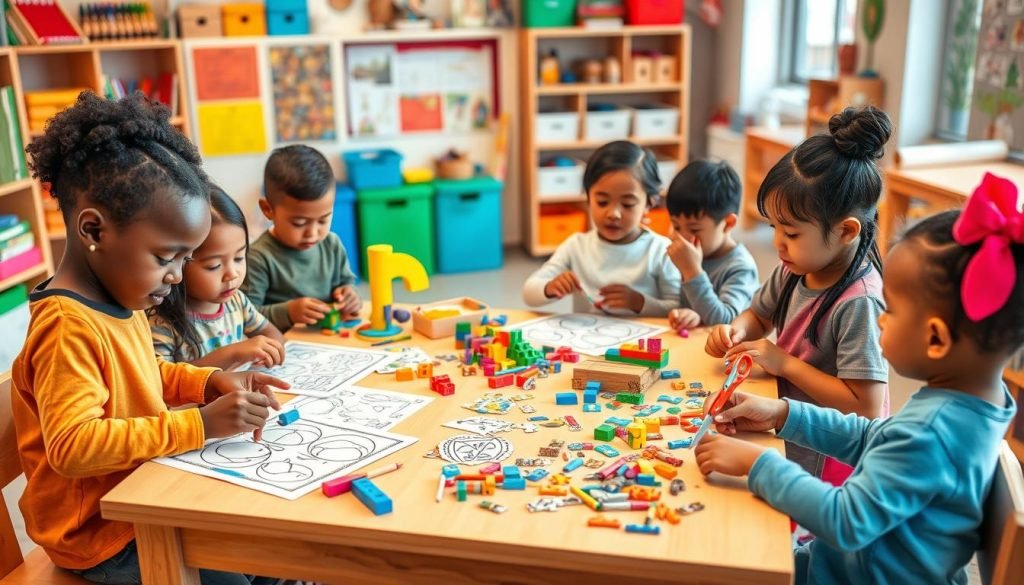
Arts and crafts are great for kids. They can crumple paper, cut with safety scissors, and stick pieces together. This not only boosts creativity but also strengthens their hands. Making puzzles or doing sticker activities improves their pincer grasp and coordination.
DIY games are a fantastic way to learn at home. Making a munching monster from household items makes learning fun. Threading Cheerios or beads can also improve coordination and make learning enjoyable. Structured games like puzzles and coin activities help kids’ routines. Sorting coins or using a piggy bank strengthens their hands and helps their brains grow. Using clothespins to clip pins boosts dexterity and precision.
For kids with special needs, the right games can improve motor skills and help with socializing. Tools like Adaptive Art Tools or Fat Brain Toys Dado Squares are good choices. When picking gifts for kids, consider their interests and abilities.
Water Play Activities That Build Coordination
Water play is a great way to boost kids’ coordination and motor skills. Through splashing, pouring, and swimming, children have a blast. These activities enhance hand-eye coordination and gross motor skills too. Boosting both fine and gross motor skills, water play serves all ages. Pouring water improves hand-eye coordination. Using spray bottles or stirring spoons fine-tunes motor skills.
Exploring through water play boosts kids’ senses and thinking. It encourages scientific thinking and experimentation. Adding bowls and nets makes it even more fun and engaging. Water play teaches kids about math and science in a fun way. Filling and emptying containers shows them about volume. It also helps focus through actions like scooping and pouring.
It’s important to keep water play safe. Supervise kids and use age-appropriate toys. Starting with a simple water table at home invites imaginative play. It helps kids play together and build communication skills. For extra fun and learning, try painting with water or making foam. These activities are great for gross motor skills and coordination. Plus, they keep kids entertained.
Below is a detailed comparison of basic water play activities and their developmental benefits:
| Activity | Skills Developed | Safety Tips |
|---|---|---|
| Pouring Water | Hand-eye coordination, fine motor skills | Use non-breakable containers |
| Splashing | Gross motor skills, sensory exploration | Supervise closely, avoid slippery surfaces |
| Using Squirts | Hand strength, hand-eye coordination | Check squirt bottles for safety |
| Nets and Toy Sea Creatures | Role play, tactile experiences, cooperation | Inspect toys for safety hazards |
| Water Painting | Gross motor skills, creativity | Ensure paint materials are safe for children |
Dance and Music: Fun Ways to Promote Movement
Music and movement for kids are great for growth and creativity. Dance keeps them active and builds rhythm skills for toddlers. Adding rhythmic play to their day improves balance, coordination, and how they express feelings.
“Musical Statues” or “Freeze Dance” is a hit. It teaches spatial smarts and rhythm. Kids dance and then freeze when the music stops. This improves their focus and control.
“The Hokey Pokey” is another fun one. It teaches kids body parts and coordination through dance moves. It’s both fun and educational.
Dancing with items like ribbons or scarves makes it even better. These props help kids share, move smoothly, and show their feelings. Trying out different kinds of music helps toddlers feel for others, think creatively, and talk better.
Using rhythm tools, like sticks, has many pluses. They learn about beats and how to be aware of space. Drumming sessions boost their listening and respect for music. It all supports their overall growth.
Playing “Follow the (Musical) Leader” builds social and talking skills. “Dancing Like Animals” gets their creativity and coordination going. “Musical Letters” is a cool way to mix learning letters with movement, helping with letter recognition and vocabulary.
- Most preschool music needs a playlist, space, and speakers.
- Music builds language, talking, reading, moving, and growing skills in kids.
- Musical statues (Freeze Dance) helps with spatial and rhythm know-how.
- Dancing with props teaches sharing, fast movement, and self-expression.
- Exploring music feelings can spark new ways of thinking, empathy, and better talking in toddlers.
- Leading games promote social skills and communication.
- Rhythm sticks bring understanding of rhythm, matching beats, and spatial smarts.
- The Hokey Pokey boosts listening, moving, balance, body awareness, and helps distinguish sides.
- Drumming sessions grow a respect for instruments, rhythm knowledge, and listening.
- Moving like animals boosts creativity, timing, and coordination in toddlers.
- Musical letters mix tunes with learning, aiding in letter and word skills.
Research shows music and dance are key in preschool. They help with brain skills, feelings, and physical fitness. To see these activities in action, especially for kids with special health needs, check out pediatric medical daycares. These places offer special programs for these children.
Activities that Promote Physical Development in Kids
Getting kids active is key for their overall growth. There are many fun activities for child development. These activities help kids find joy in being active.
It’s important for kids to do physical activities. They help build muscle, endurance, flexibility, and self-confidence. Kids who are active do better in school and behave better. They learn important skills and stay healthy and less stressed through games and exercise.
Let’s explore some popular activities:
- Outdoor Sports: Soccer, basketball, and swimming improve large motor skills and teach teamwork.
- Creative Play: Using sidewalk chalk or building sandcastles sharpens fine motor skills and sparks creativity.
- Dancing: Dancing enhances balance, coordination, and a sense of rhythm.
- Obstacle Courses: Obstacle courses boost agility, strength, and problem solving.
- Structured Playtimes: Games like “Red Light, Green Light” are fun and teach patience and attentive listening.
Kids with special needs benefit a lot from these activities too. Programs offered by Kids Miracle Steps offer special help. They make sure all kids can join in and grow to their best.
Here’s a comparison of different activities and their benefits:
| Activity | Benefits |
|---|---|
| Soccer | Improves coordination, teamwork, and endurance |
| Drawing | Enhances fine motor skills and creativity |
| Dancing | Boosts balance, rhythm, and coordination |
| Obstacle Courses | Develops agility, strength, and problem-solving |
| Red Light, Green Light | Promotes self-control and listening skills |
Different physical activities are great for kids’ complete development. Encouraging them through structured and creative play helps them stay healthy and happy.
Conclusion
Making your child active is key to their health and growth. Getting them to play outside helps build their big muscles. While playing inside can develop their small muscles. Both are important for their physical health. Active play does more than keep kids fit. Studies reveal that kids who play outside every day can focus better afterward. ‘Relay Day’ shows how fun activities teach kids to work together and stick to a task.
It’s up to parents and caregivers to include these activities in daily life. This promotes not just physical, but mental and emotional growth. For advice on child health, consider reaching out to experts like Kids Miracle Steps for personalized help. By focusing on physical activity, you’re giving your child a great start. Embrace the role of physical activities in your child’s life. See the big changes they bring to their growth and happiness.
